風蕭蕭_Frank
以文會友加拿大超市巨頭賺爆 去年利潤達36億!監管局:需要更多競爭對手
加拿大競爭監管機構發現,超市零售業需要更多的競爭以幫助降低食品價格並鼓勵新加入行業者的發展。
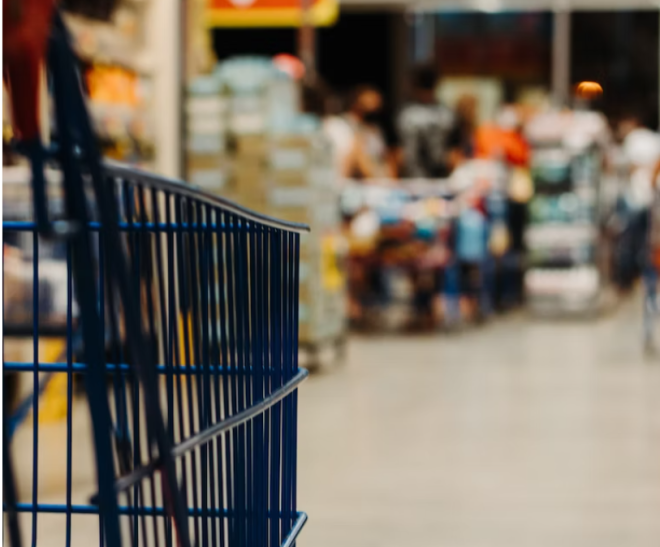
大多數加拿大人主要在幾家超市巨頭擁有的商店購買食品,加拿大三大超市連鎖——Loblaws、Sobeys和Metro——去年共計報告了超過1000億加元的銷售額和36億加元的利潤。
"我們發現,過去五年中,加拿大最大的超市零售商的食品毛利率總體出現了一些適度但具有重要意義的增長,"該研究說道。"這一長期趨勢並非由於疫情期間供應鏈麵臨的幹擾和當前的通貨膨脹期引起的。"
競爭局表示,這說明加拿大的食品雜貨行業需要更多的競爭。
“加拿大需要解決方案來幫助控製食品價格,更多的競爭是這個答案的關鍵部分,” 報告中指出。
競爭監管機構提出了四項建議,以提高競爭和降低價格,包括采取創新戰略以支持新的超市食品業務並擴大消費者選擇。
它還建議政府鼓勵增加獨立超市零售商和並把國際超市零售商引入加拿大市場,標準化單位定價以幫助加拿大人能輕鬆比較超市食品價格,並控製該行業內采取的限製競爭性的房地產做法,例如在出售的土地上放置契約以阻止任何新的超市零售商在那裏經營。
與此同時,競爭局表示,還需要以“高度警覺和審查”的態度對待其在超市行業的工作,以確保加拿大人獲得更多的選擇和更實惠的食品。
研究中還調查了消費者對超市行業的態度和意見,一些加拿大人表示,本國的法律不足以阻止對競爭不利的交易,而其他人則認為競爭局沒有很好地執行這些法律。
研究稱,當競爭法案於1986年引入時,加拿大至少有8家大型超市連鎖店,每家都由不同的公司所有。
如今,在加拿大運營的隻有五家大型連鎖店:Loblaw,Sobeys,Metro,Costco和Walmart。

競爭監管機構致力於采取措施,促進加拿大的超市食品行業競爭,包括提供支持實施加拿大食品雜貨行為準則的競爭態度。
它還承諾,將在三年內重新審查研究結果,評估其向政府提出的建議的進展情況。
近年來,加拿大食品雜貨行業的高度集中程度受到了嚴格的審視。
三大連鎖超市被卷入了一項據稱涉及麵包價格操縱的計劃中,觀察人士說這引發了對食品雜貨行業的不信任。
大型超市連鎖還被指控在同時取消前線員工的疫情獎金後,還固定了薪資。
不過,加拿大的雜貨商爭辯說,合並增加了效率,並為消費者提供了更多的價值。
雜貨業高管們猛烈否認了漫天要價和所謂的“貪婪通貨膨脹”的指控,稱他們在食品上的利潤保持適度——盡管利潤顯著增長。
不過國會農業委員會提出了對這些利潤征收“意外稅”的想法。
在本月早些時候提交的一份關於食品價格合理性的報告中,它表示,如果競爭局發現大型超市連鎖在食品上產生了過多的利潤,政府應考慮征收意外利潤稅,以“防止這些項目利潤率的過度提高”。
與此同時,一個雜貨行業委員會正在繼續製定新的行為準則,以幫助大型超市連鎖商、獨立經營者和供應商之間實現競爭公平。
自2021年11月以來,加拿大的食品價格已經大幅上漲,這也是食品通貨膨脹率低於5%的最後一個月。
從那以後,食品價格一直穩步上漲,去年9月和11月達到了11.4%的同比漲幅,然後在最近幾個月有所緩和。
統計局周二表示,五月份食品價格同比上漲9%。
Rising grocer profit margins underscore need for competition, regulator finds
In a highly anticipated study released Tuesday, the Competition Bureau said concentration in the grocery industry has increased in recent years and the largest grocers have increased the amount they make on food sales.
Most Canadians buy groceries in stores owned by a handful of grocery giants, with Canada's three largest grocers -- Loblaws, Sobeys, and Metro -- collectively reporting more than $100 billion in sales and $3.6 billion in profits last year, the study found.
Food gross margins have generally increased over the last five years by a "modest yet meaningful" amount of one or two percentage points, the Competition Bureau said.
RELATED STORIES
RELATED LINKS
"This longer-term trend predates the supply chain disruptions faced during the pandemic and the current inflationary period," it said.
That's roughly equivalent to $1 to $2 on each $100 that Canadians spend on groceries, the study found.
The regulator said this signals the need for more competition in Canada's grocery industry.
"Canada needs solutions to help bring grocery prices in check," the study said. "More competition is a key part of the answer."
The competition watchdog proposed four recommendations to improve competition and lower prices, including an innovation strategy to support new grocery businesses and expand consumer choice.
It also recommends governments encourage the growth of independent grocers and the entry of international grocers into the Canadian market, standardize unit pricing to help Canadians easily compare prices, and curb real estate practices in the industry that limit competition, such as putting covenants on sold land that prevents any new grocer from operating there.
Gary Sands, senior vice-president of public policy with the Canadian Federation of Independent Grocers, said the study recognizes that more needs to be done to support independent grocers in Canada.
"They've drawn attention to some of the challenges that are faced by independent grocers," he said. "There are a lot of barriers to entry that make it hard to compete with the chains and this will hopefully lead to some changes."
Karl Littler, senior vice-president of public affairs with the Retail Council of Canada, said the study proves that major grocery chains have not made an excessive profit on food.
"We see this as another nail in the coffin of the greedflation hysteria," he said, referring to allegations that higher prices during the pandemic have been due to grocery chains engaged in price gouging and so-called greedflation -- raising prices by more than the rate of inflation.
However, the Bureau said its inability to compel information as part of the study limited its access to some details and highlighted the need for more formal information-gathering powers.
It said it also needs to approach its work in the grocery industry with "heightened vigilance and scrutiny" to ensure Canadians benefit from greater choice and more affordable groceries.
"We need to thoroughly and quickly investigate allegations of wrongdoing, and we need the power to act when issues arise," the study said.
In a survey of consumer attitudes and opinions about the grocery sector, some Canadians said the country's laws don't go far enough to stop deals that are bad for competition, while others felt the Competition Bureau has just not done a good enough job enforcing those laws, the study said.
When the Competition Act was introduced in 1986, there were at least eight large grocery chains across Canada, the study said. Each was owned by a different company.
Today there are five large chains that operate in Canada: Loblaw, Sobeys, Metro, Costco and Walmart.
The competition watchdog committed to taking steps to better promote competition in the Canadian grocery industry, including providing a pro-competitive perspective to support the implementation of Canada's grocery code of conduct.
It also committed to revisiting the findings of its study in three years to assess the progress on recommendations it has made to government.
The concentrated nature of Canada's grocery's sector has come under intense scrutiny in recent years.
The big three grocery chains have been embroiled in an alleged bread price-fixing scheme, which observers say has triggered distrust of the grocery industry.
The large grocers have also been accused of wage fixing after simultaneously scrapping pandemic bonuses for front-line workers.
It's behaviour the House of Commons industry committee likened to "cartel-like practices" in a June 2021 report.
Yet Canada's grocers have argued that consolidation increases efficiencies and provides consumers with more value, even as their profits have climbed.
The House of Commons agriculture committee has floated the idea of a windfall tax on those profits to "disincentivize excess hikes in their profit margins for these items."
Meanwhile, a grocery industry committee is continuing to hammer out a new code of conduct that would help level the playing field between large grocers, independents and suppliers.
Food prices have recorded a massive spike in Canada since November 2021 -- the last month for which grocery inflation was under five per cent.
Since then, grocery prices have consistently risen by close to double digits, peaking at an 11.4 per cent year-over-year price hike last September and again in November before easing somewhat in recent months.
Statistics Canada said Tuesday grocery prices rose nine per cent year over year in May.
This report by The Canadian Press was first published June 27, 2023.
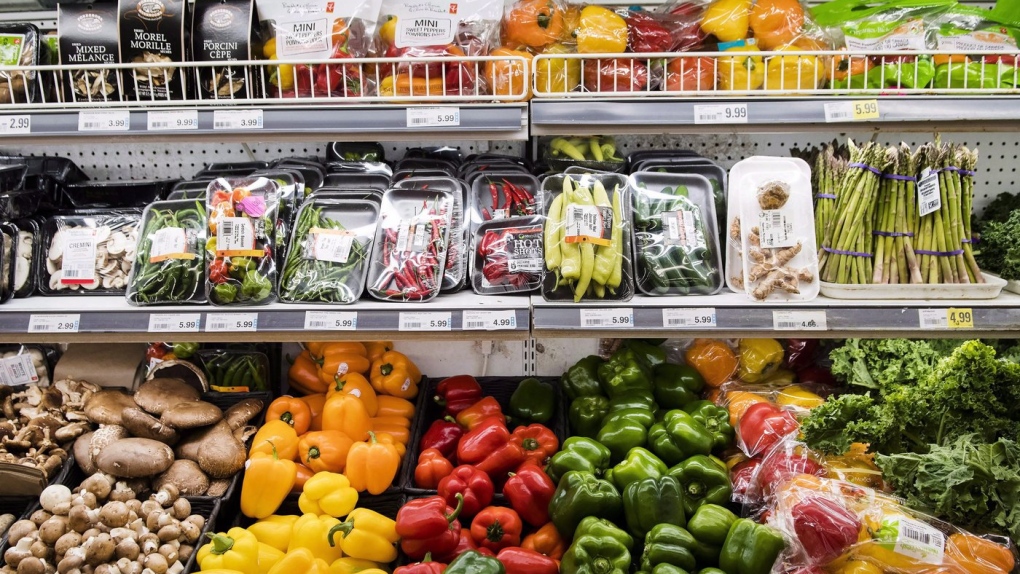
Produce is shown in a grocery store in Toronto on Friday, Nov. 30, 2018. (THE CANADIAN PRESS/Nathan Denette)
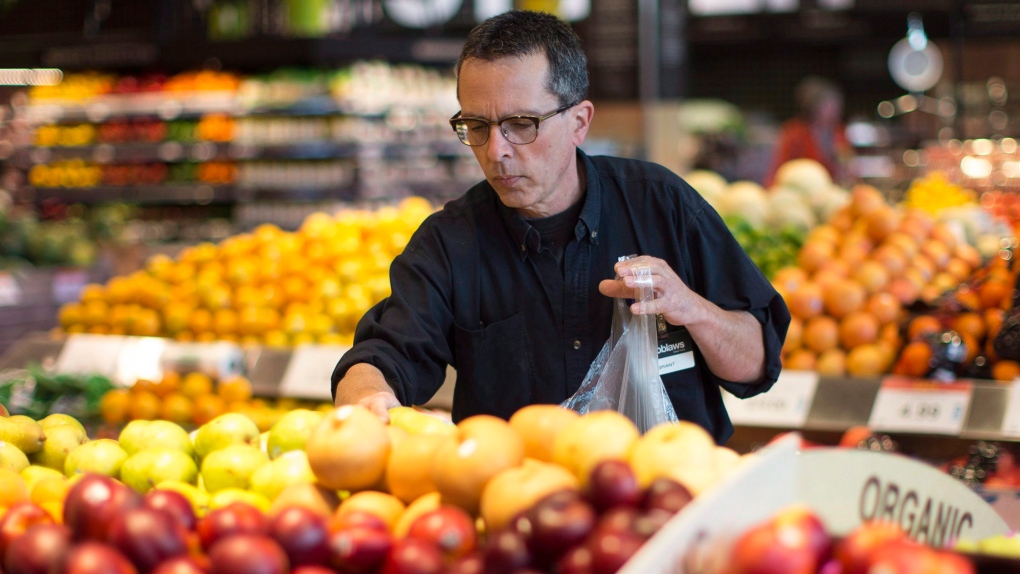 03:52
03:52'Crisis' of consumer trust in grocers: analyst
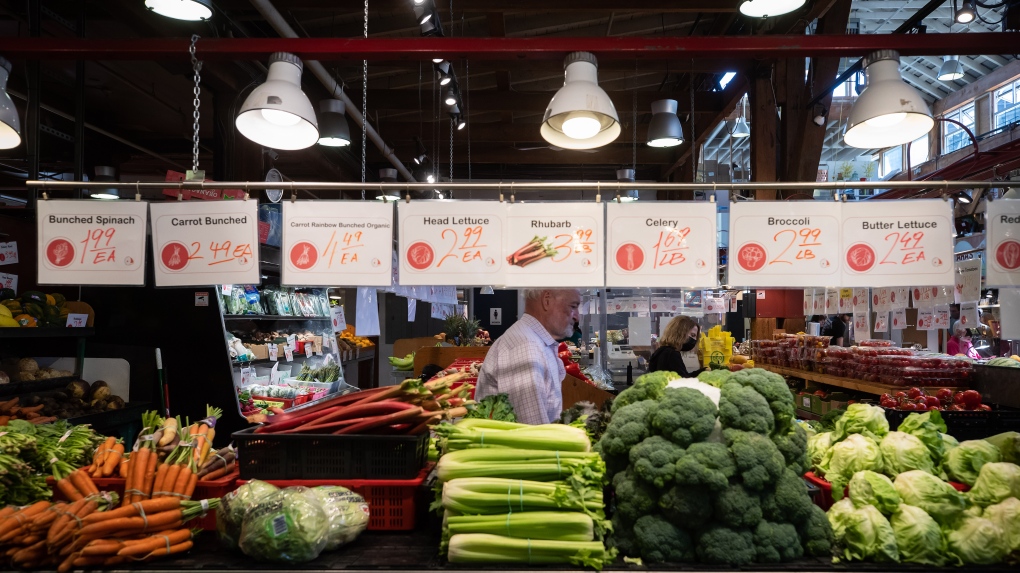 01:12
01:12



 01:57
01:57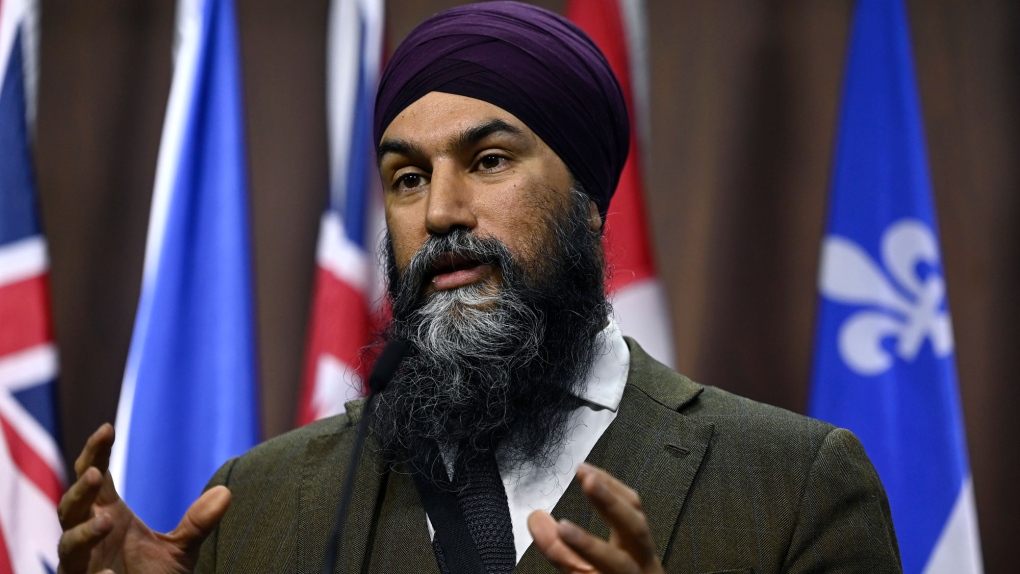 02:09
02:09 00:24
00:24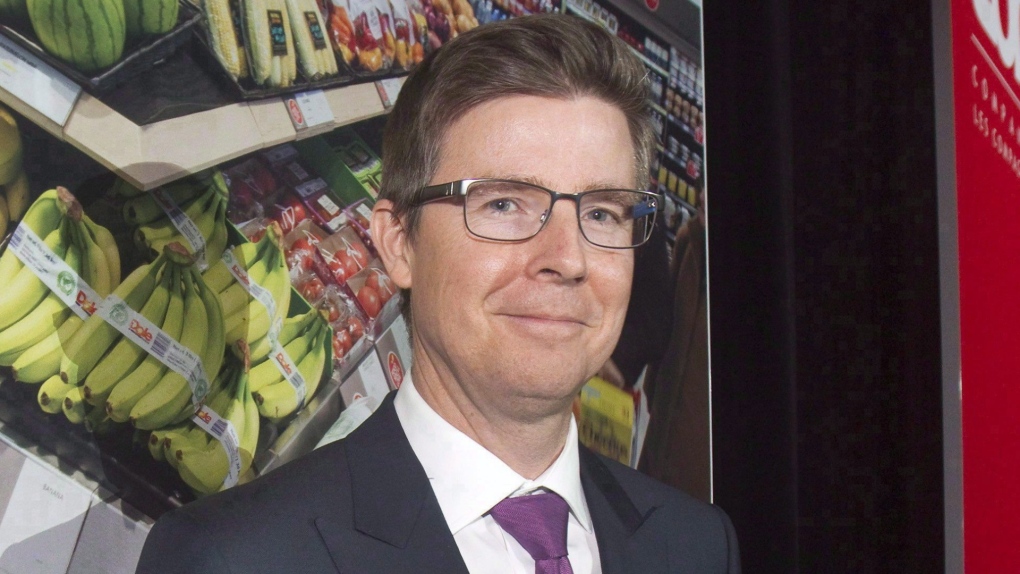 02:18
02:18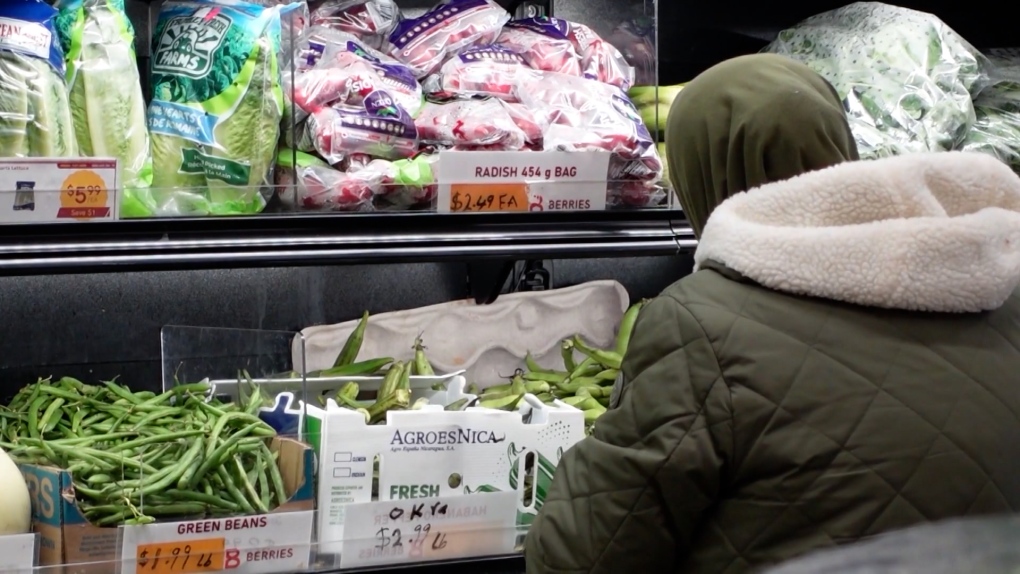 02:04
02:04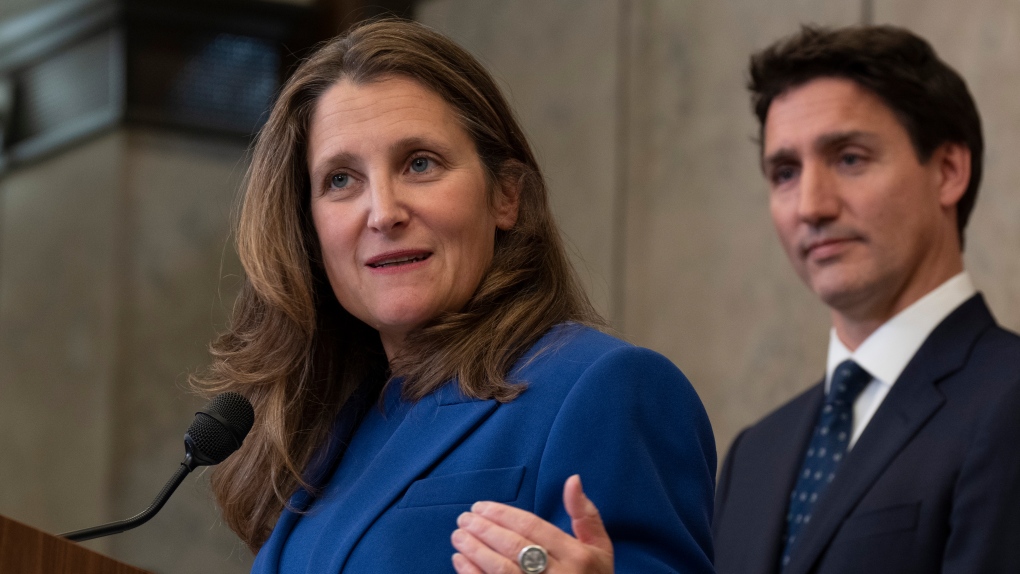 02:31
02:31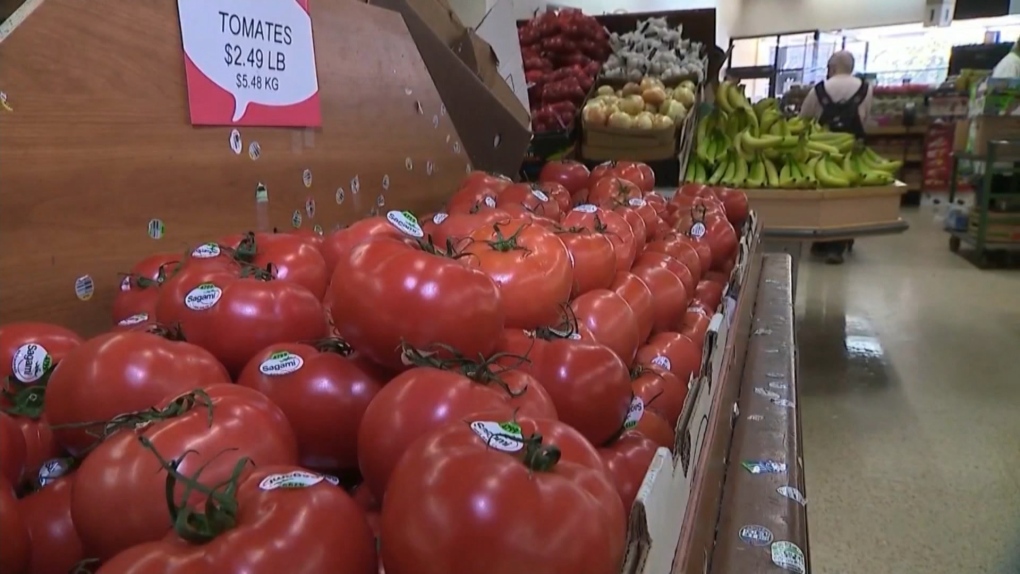 02:38
02:38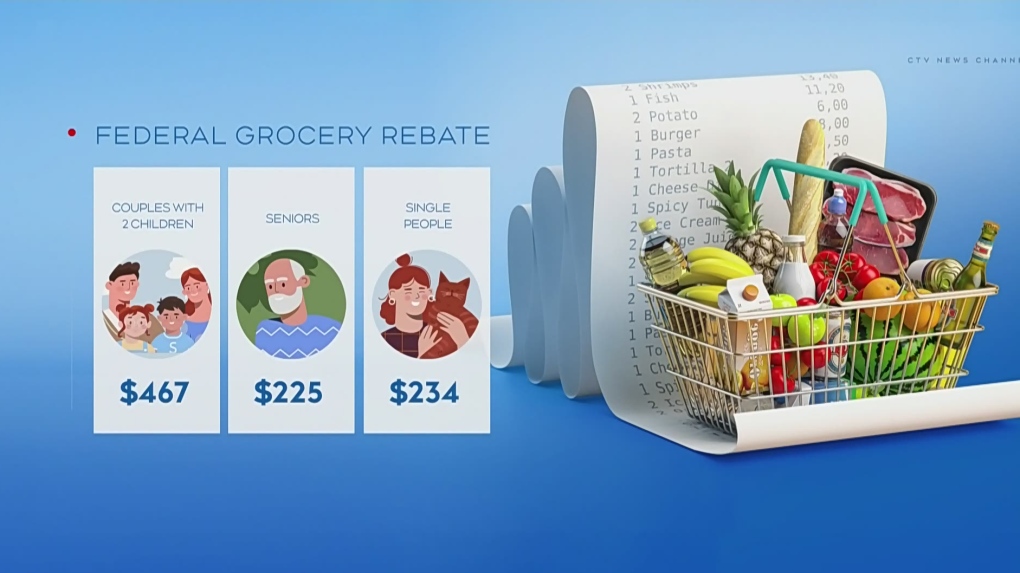 02:49
02:49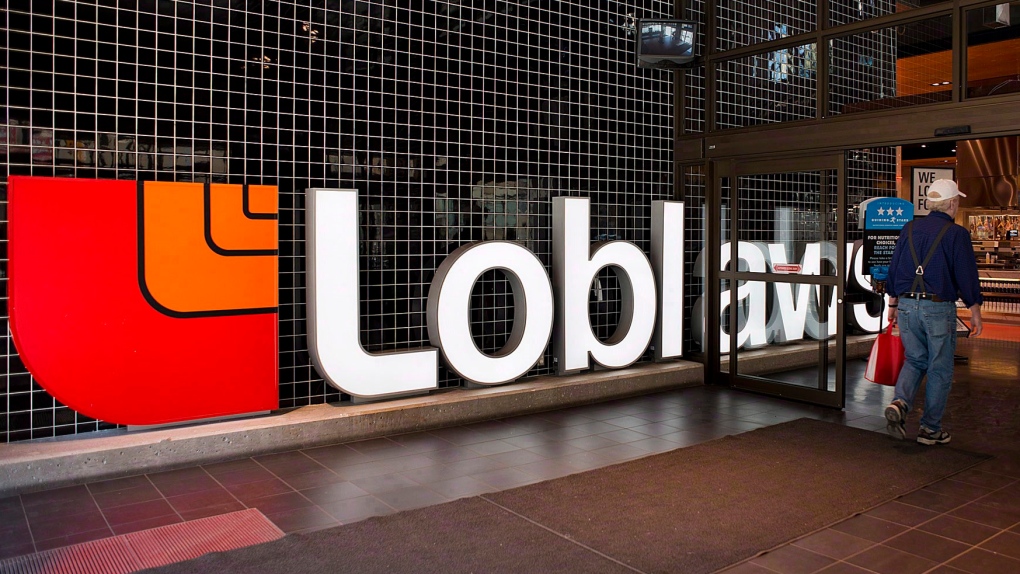 05:23
05:23 01:19
01:19 02:49
02:49 06:58
06:58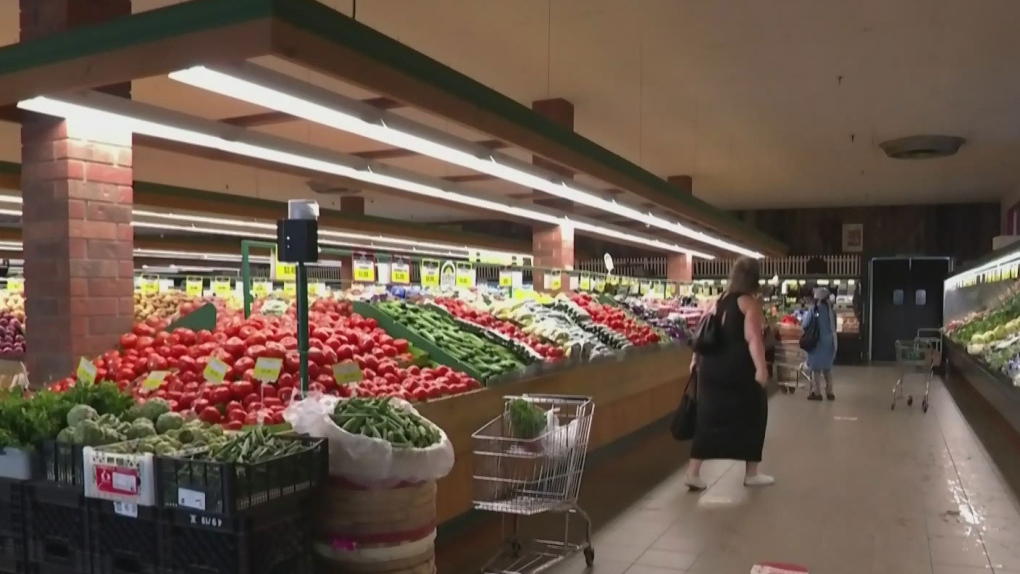 02:54
02:54 11:45
11:45 01:30
01:30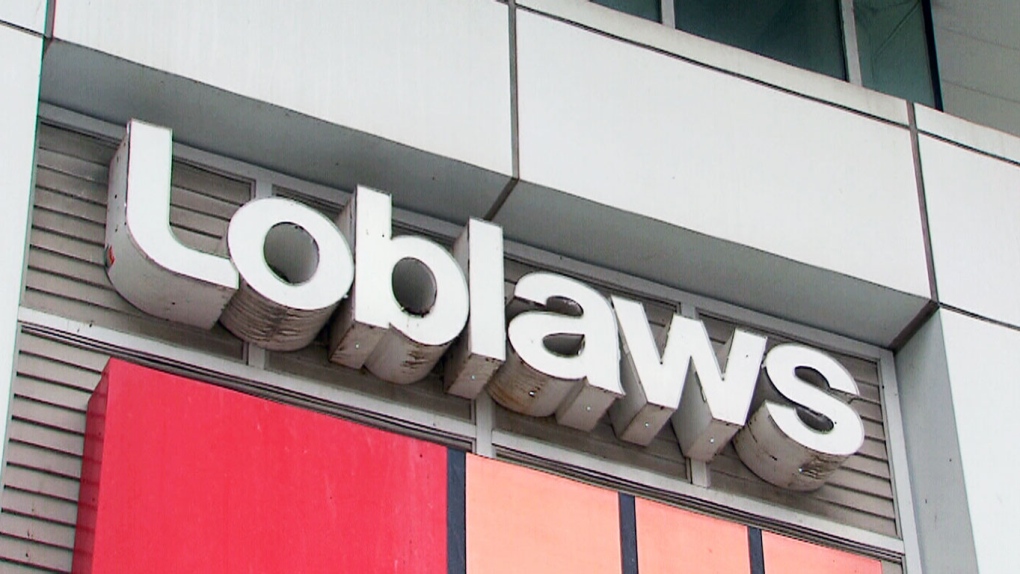 01:46
01:46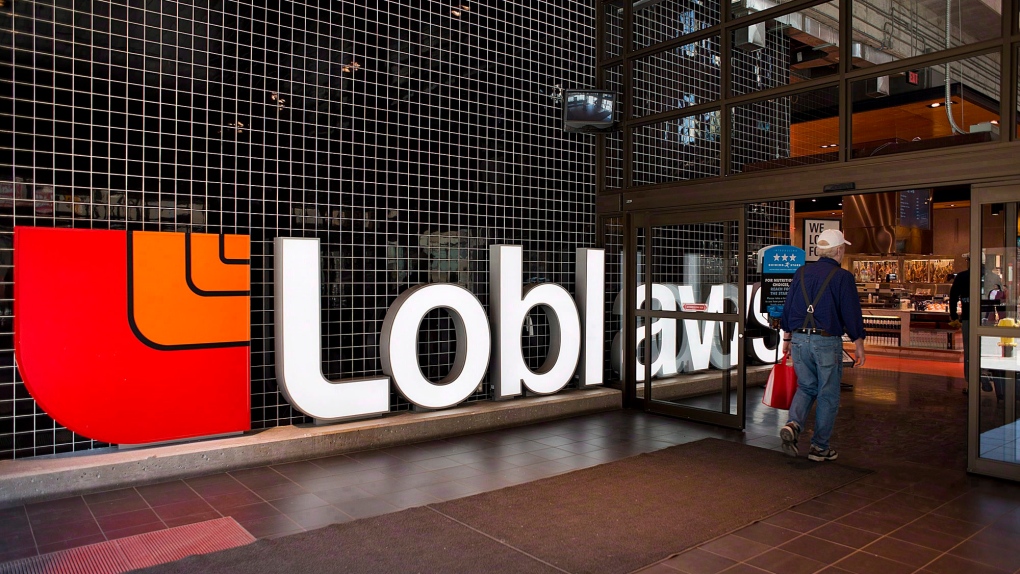 02:15
02:15